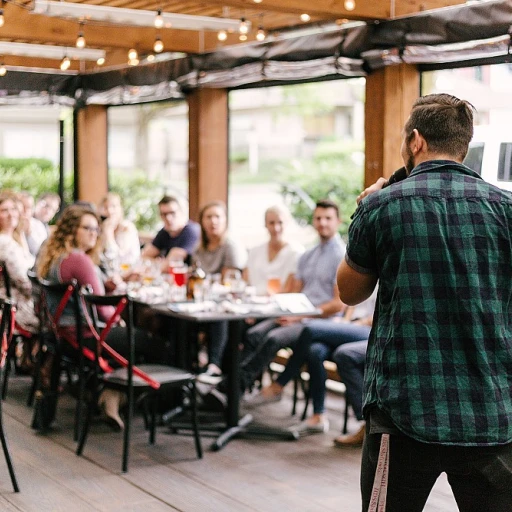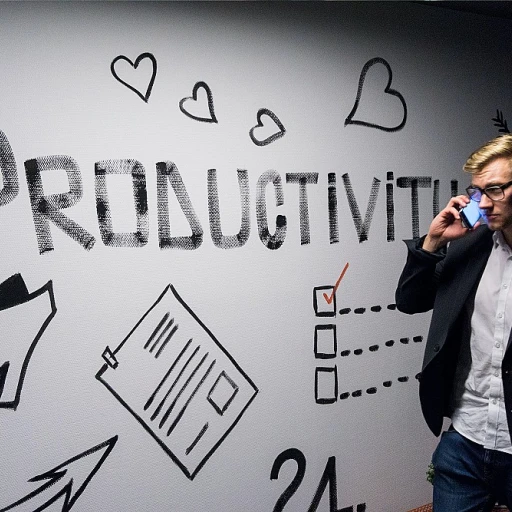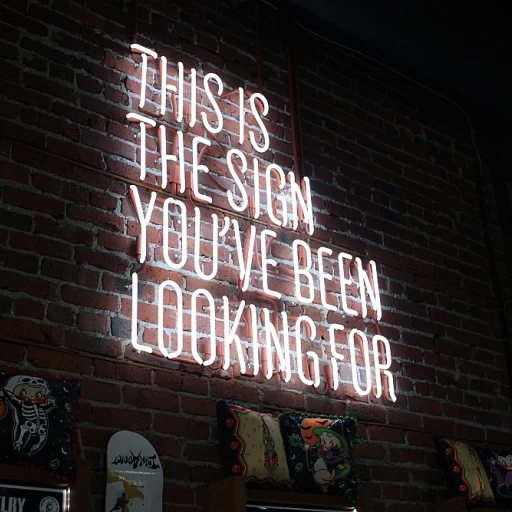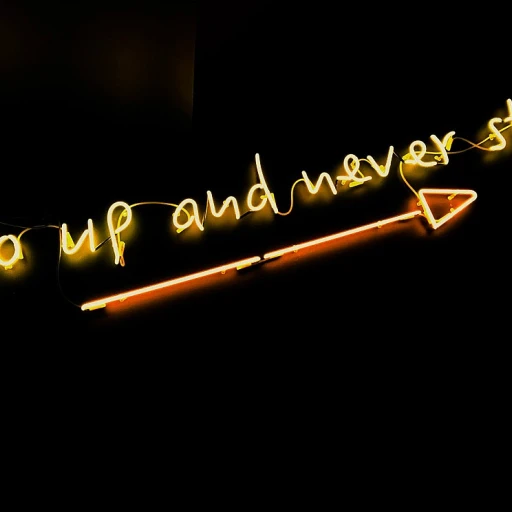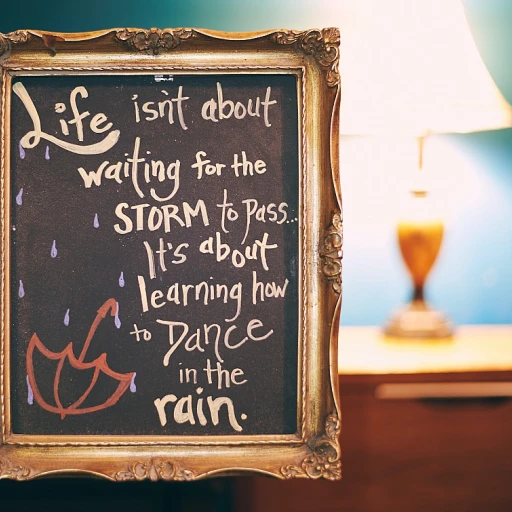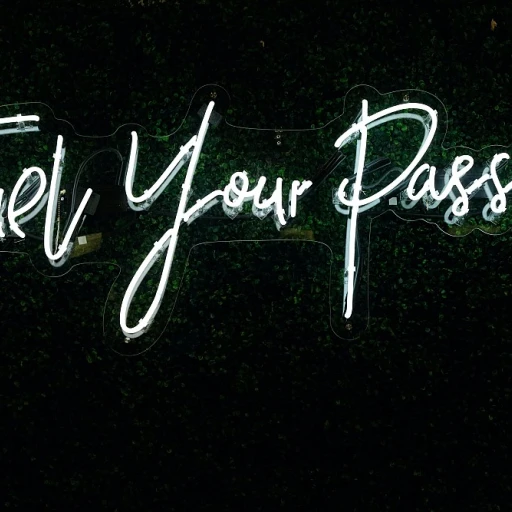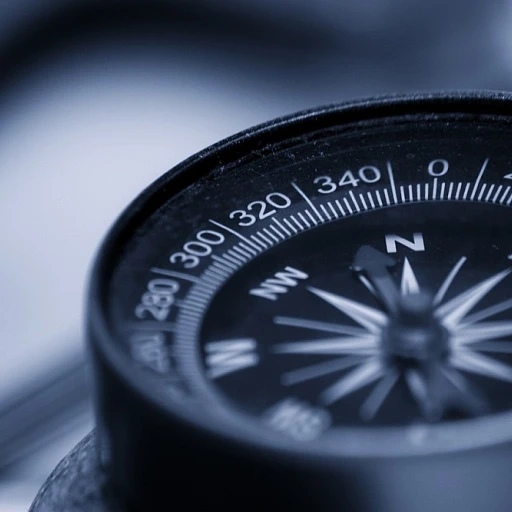
The Basics of Body Language
Decoding Nonverbal Signals
Body language plays a crucial role in shaping the outcome of a job interview. While verbal communication is essential, nonverbal cues often speak louder than words. Understanding the basics of body language can significantly enhance your interview success. From eye contact and posture to facial expressions, the way you present yourself can convey confidence and professionalism or, alternatively, raise red flags.
During interviews, making eye contact with the interviewer is more than just a sign of respect. It helps establish a connection, shows that you're engaged, and allows you to read the interviewer's cues. Your posture, whether you sit up straight or slouch, can reveal your level of enthusiasm and professionalism. Good posture and body orientation towards the interviewer indicate interest and attentiveness, whereas crossed arms or legs can suggest defensiveness or disinterest.
Facial expressions are another pivotal aspect of nonverbal communication. A genuine smile, nodding in agreement, and the occasional eyebrow raise can all contribute positively to the interaction. These expressions help to convey enthusiasm and understanding, which are traits highly valued by hiring managers.
It's worth noting that misinterpretations can occur, especially when cultural differences in body language come into play. What is considered a positive gesture in one culture might not be perceived the same way in another, highlighting the importance of cultural awareness.
Familiarizing yourself with these essential interview body signals can help bridge the skills gap and improve your communication during a job interview. For more tips on effective body language practices, consider reading our article on essential interview questions for aspiring teaching assistants.
First Impressions Matter
The Power of Initial Impressions
During a job interview, the initial moments are crucial. While verbal communication plays a significant role, it's the body language that lays the foundation for a lasting impact. In those first few minutes, making eye contact, maintaining a confident posture, and using welcoming facial expressions can significantly influence your interview success.
For someone on a career path, the art of balancing these nonverbal cues is essential. The way an interviewer perceives your body language often matters as much, if not more, than what you say. A confident but not overbearing presence helps in establishing rapport. This nonverbal communication serves as a bridge to fill any skills gap you might be concerned about.
- Posture: Sitting up straight conveys attentiveness and confidence. Slouching can give off a disinterested vibe.
- Eye Contact: Maintaining a good amount of eye contact during your interaction can help foster trust and show you're engaged. It's an essential tool to read and respond to verbal cues effectively.
- Facial Expressions: A genuine smile can convey warmth, making it easier for the person on the other side of the table to connect with you.
Being aware of your language tone—both verbal and nonverbal—during interviews can positively influence the perception of hiring managers. By focusing on these elements, you can significantly increase your chances of leaving a positive first impression on the hiring manager.
If you want to further prepare yourself, consider checking out these essential questions to ask HR during your interview. This in-depth guide might offer additional insight into what you can do to ace the interview.
Reading the Interviewer's Cues
Grasping Nonverbal Signals from the Interviewer
In job interviews, while your own body language is important, being able to read the interviewer's cues is equally vital. Understanding body language during interviews can give you an edge by helping you adjust your interactions accordingly and making a good impression.
Look for these signs during interviews to tailor your responses and enhance communication:
- Eye Contact: Consistent eye contact from the interviewer suggests engagement. If they're looking away frequently, it might be a sign to adjust your approach.
- Posture: An open and relaxed posture generally indicates the hiring manager's comfort and interest in your conversation. Leaning back or crossing arms might suggest disinterest or disagreement.
- Facial Expressions: Positive expressions such as smiles or nods can be affirming and encourage you to elaborate further, while frowns or furrowed brows might signal confusion or disagreement.
- Voice Tone: Pay attention to shifts in tone and pace. An enthusiastic tone from the interviewer can mean they're impressed, whereas a monotone voice may require you to re-engage them in the conversation.
Interpreting these nonverbal cues allows you to modify your strategy in real-time, stepping in with clarification when needed or smoothing over potentially awkward moments. This skill can be the difference between a successful job interview and a missed opportunity. By staying observant and adaptable, you increase your chances of interview success.
Nonverbal communication is a complex yet crucial aspect of interviews. Recognizing and appropriately reacting to the interviewer's body language is key to filling potential skills gaps in real-time during the job interview and advancing your career.
For tips on what to wear in a job interview to make a good impression, click here.
Common Body Language Mistakes
Avoiding Common Body Language Pitfalls
In the realm of job interviews, your nonverbal communication can be as crucial as the verbal cues you convey. Mistakes in body language during interviews can unintentionally send the wrong message to the hiring manager.
Here are some key pitfalls to avoid:
- Lack of Eye Contact: Making eye contact is essential for building rapport. Avoiding eye contact might be perceived as a lack of confidence or even dishonesty. However, maintain a balance and avoid staring, as it can make the interviewer uncomfortable.
- Poor Posture: Your posture can convey confidence or uncertainty. Slouching in your chair may suggest disinterest, while sitting up straight can project engagement and readiness. A good posture is key to showing that you are serious about the job opportunity.
- Excessive Gestures: While using hand gestures can enhance verbal communication, excessive or erratic gestures can distract from your message. Keep your gestures natural and moderate.
- Inappropriate Facial Expressions: Facial expressions convey emotions and attitudes. Be mindful of how your expressions align with what you are saying during the interview. A mismatch can confuse or mislead the interviewer.
- Fidgeting: Playing with your hair, tapping your foot, or shifting frequently in your seat can indicate nervousness. Such behaviors can detract from your overall message and focus.
Awareness of these common body language mistakes and actively working to refine them can greatly enhance your interview success. As you prepare, consider practicing with a friend or in front of a mirror to become more aware of your body language and improve your communication skills.
Cultural Differences in Body Language
Cultural Sensitivity in Body Language
While navigating job interviews, it is crucial to recognize how cultural differences can influence the interpretation of body language. What might be considered positive or neutral in one culture could be perceived differently elsewhere. Being aware of these nuances can significantly affect interview outcomes and help avoid inadvertent miscommunications.
The importance of maintaining proper eye contact cannot be overstated. In many Western cultures, making eye contact during interviews is often seen as a sign of confidence and honesty. However, in some cultures, it might be perceived as disrespectful or confrontational. Understanding the expectations around eye contact can help candidates communicate effectively and convey good intentions.
Posture and physical gestures also vary widely across cultures. For instance, a relaxed posture might suggest self-assuredness in some settings but could be interpreted as a lack of respect or interest in others. Similarly, certain hand gestures and facial expressions, commonly used to emphasize points during an interview, might carry different meanings elsewhere.
To bridge these cultural differences, research and preparation become essential. Candidates should aim to understand the cultural context of the company and the person conducting the interview. Being culturally aware can help bridge the skills gap between verbal and nonverbal communication, allowing candidates to adapt their body language effectively and improve their chances of interview success.
Practicing Effective Body Language
Enhancing Your Interview Skills with Effective Nonverbal Communication
Practicing effective body language is a crucial aspect of refining your job interview skills. By actively working on nonverbal cues, you can significantly improve your interaction with hiring managers, ultimately boosting your interview success. Consider these steps to strengthen your body language during interviews:- Maintain Eye Contact: Ensuring good eye contact shows confidence and helps establish a connection with the interviewer. While too much eye contact can seem intense, balanced eye engagement conveys attentiveness.
- Posture Matters: A straight and open posture during the interview communicates confidence and openness. Slumping in your seat can be perceived as disinterest, so sit up straight, relax your shoulders, and face the interviewer directly.
- Manage Hand Gestures: Use natural hand gestures to reinforce your verbal points. Avoid overusing them or making gestures that might distract the interviewer from what you are saying.
- Watch Your Facial Expressions: Your facial expressions can convey more than words. A genuine smile and nodding in agreement can show that you are engaged and understanding the discussion.
- Tone of Voice: Your voice tone can also be a powerful tool in conveying enthusiasm and professionalism. Speak clearly and at a moderate pace to ensure your message is communicated effectively.

